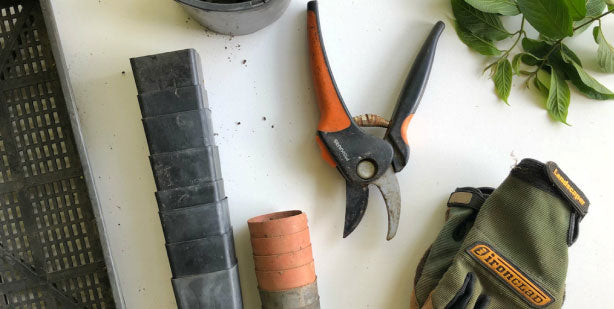The decision between an ultrasound-guided, stereotactic, or MRI-guided biopsy is mostly influenced by the technique that will best visualize the mass. If the mass is easily seen with x-rays(EX-RAYS) — Energy particles that pass through tissue to obtain an image of the body (mammogram(MAM-O-GRAM) — A screening test that uses x-rays to look for breast cancer), then a stereotactic biopsy(STAIR-E-O-TAK-TIC BYE-OP-SEE) — A technique using x-rays to guide the placement of a needle in order to obtain tissue is the most common technique. But if an ultrasound(ALL-TRA-SOUND) — An imaging technique that uses sound waves to differentiate types of tissue can see it better, then an ultrasound-guided biopsy(ALL-TRA-SOUND GUY-DID BYE-OP-SEE) — A technique that uses sound waves to direct the placement of a needle in order to obtain tissue will probably be recommended. Ultrasound-guided and stereotactic biopsies are the most commonly used techniques. MRI-guided biopsies are recommended when the mass is only visible on an MRIA loud banging machine that uses magnets to obtain pictures of the inside of the body; magnetic resonance imaging.
If the biopsy’s results do not match what the doctor predicted, then an excisional biopsy(EX-SIZ-SHUN-OL BYE-OP-SEE) — Surgical removal of a larger piece of abnormal tissue or an entire small mass is often needed to make a diagnosis. The excisional biopsy should give the doctor enough tissue to examine to determine if the tumor is benign, premalignant(PRE-MA-LIG-NENT) — A growth that will worsen and grow into a cancer, becoming malignant if not removed, or malignant(MA-LIG-NENT) — A cancer or abnormal tumor that grows uncontrollably and may spread to other parts of the body, as well as better classify the mass.













Leave a comment (all fields required)